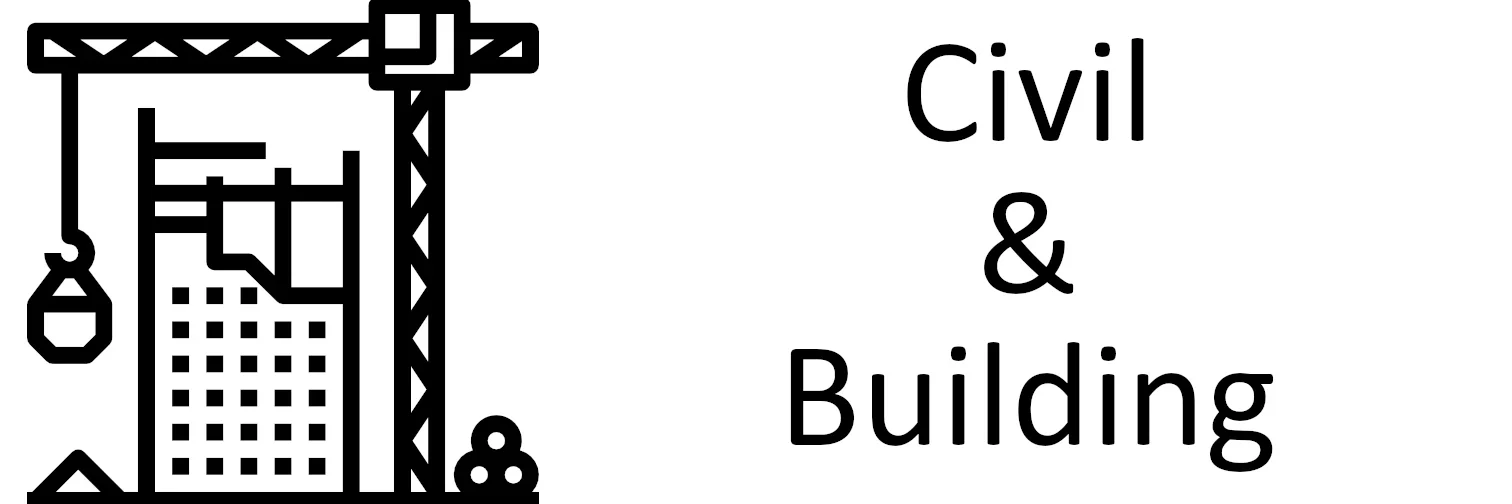Introduction
Concrete has a reputation for its toughness and adaptability, but the incorporation of fibers takes its performance to an altogether different level. Fiber-reinforced concrete (FRC) has become widespread in the construction field for its capacity to maximize durability, flexural strength, and defense against cracking. In this blog, we will delve into the realm of fiber-reinforced concrete, exploring its perks, varieties, and applications.
Cognizing Fiber-Reinforced Concrete (FRC)
Fiber-reinforced concrete is a kind of concrete that includes distinct fibers, commonly made from steel, artificial materials, or natural fibers, to better its mechanical properties. These fibers are uniformly distributed within the concrete mixture, providing reinforcement in all directions. FRC is utilized to address undefined performance-related inquiries, including cracking, shock resistance, and longevity.
Benefits of Fiber-Reinforced Concrete
- Increased Perpetuity: FRC betters the entire perpetuity of concrete, making it more resistant to wear and abrasion. This is particularly worthwhile in high-traffic regions like roadways and industrial floors.
- Reduced Cracking: The addition of fibers helps govern and reduce cracking, particularly in scenarios where conventional concrete might crack due to shrinkage or temperature changes.
- Advanced Flexural Strength: FRC shows higher flexural strength, making it proper for applications like bridge decks, precast elements, and architectural facades.
- Impact Resistance: The ductile aspect of FRC permits it to absorb and spread out impact energy, debarring the risk of spalling and surface deterioration.
- Amplified Robustness: FRC has advanced strength and pliability, making it suitable for buildings subjected to seismic movements.
- Advanced Fire Resistance: Selected types of FRC, such as those incorporating steel fibers, grant augmented fire resistance, making it a proper selection for fireproofing procedures.
Types of Fiber-Reinforced Concrete - Steel Fiber-Reinforced Concrete (SFRC): Steel fibers, ordinarily made from high-endurance steel, are integrated to the mix. SFRC offers superior flexural and impact strength, making it perfect for industrial floors, tunnel linings, and shotcrete applications.
- Polymer Fiber-Reinforced Concrete (PFRC): Polymer fibers, like polypropylene or nylon, are utilized to develop freeze-thaw resilience, bring down shrinkage cracking, and enhance durability. PFRC is frequently utilized in precast elements and architectural features.
- Glass Fiber-Reinforced Concrete (GFRC): Glass fibers are utilized to create lightweight, high-endurance concrete with stellar rust prevention. GFRC is prevalent in architectural cladding, decorative panels, and countertops.
- Natural Fiber-Reinforced Concrete: Natural fibers like sisal, coconut, or jute may be used in non-structural protocols to furnish some stage of reinforcement and ease cracking.
Applications of Fiber-Reinforced Concrete - Pavements and Roads: Fiber-reinforced concrete is regularly employed in road construction to intensify the perpetuity and life span of pavements, minimizing the requirement for fixes and maintenance.
- Industrial Flooring: The better abrasion resistance and shock resistance of FRC renders it proper for industrial floors exposed to hefty loads and traffic.
- Precast Elements: FRC is used to produce precast concrete elements such as beams, panels, and facades, guaranteeing their perpetuity and structural wholeness.
- Shotcrete: FRC is utilized in shotcrete applications for soil stabilizing, tunnel linings, and slope shelter because of its aptitude to adhere famously to surfaces and oppose cracking.
- Architectural Cladding: Glass fiber-reinforced concrete is favored for its lightweight and tailored properties, making it a marvellous selection for architectural cladding and adornment panels.
Conclusion
Fiber-reinforced concrete has revolutionized the construction field by significantly intensifying the perpetuity, flexural strength, and resistance to cracking of concrete constructions. With different kinds of fibers available, every one with its original properties, FRC offers a flexible response for a wide range of protocols. Whether it’s boosting the life span of pavements or adding an artistic touch to architectural plans, fiber-reinforced concrete has become an indispensable instrument in modern construction, ascertaining structures are not only strong but also built to last.
